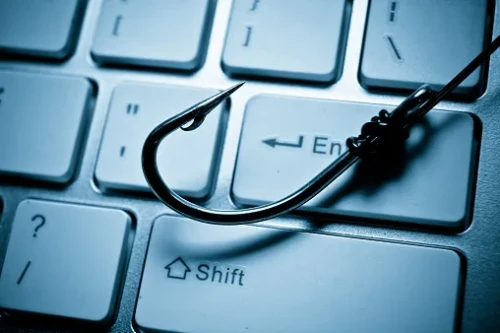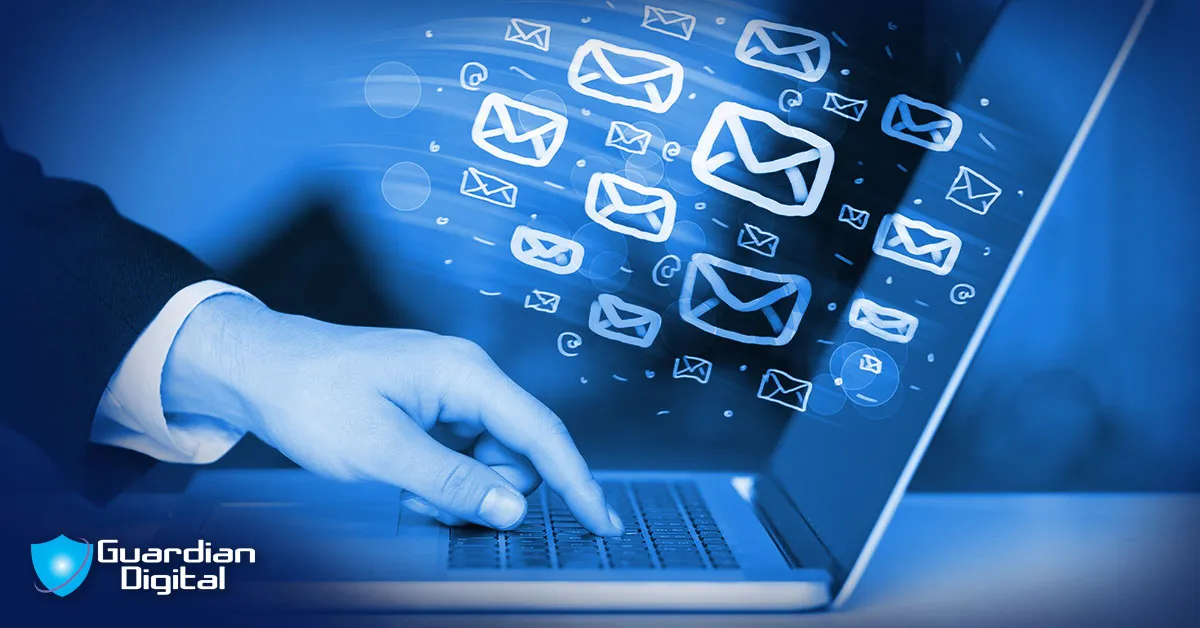Hey there! Have you ever received a suspicious email that made you second-guess its authenticity? From fake account alerts to deceptive shipping notifications, phishing scams are constantly evolving to trick unsuspecting individuals. These scams rely on your trust and urgency to deceive you, making them a favorite among hackers due to their simplicity and effectiveness.
Did you know that over 298,000 phishing complaints were reported, making up nearly 34% of all cybercrime incidents? This alarming statistic not only reflects a number but also signifies the growing challenge faced by both individuals and businesses.
As technology advances, so do phishing techniques. Cybercriminals now use sophisticated methods like social engineering tools and AI-generated phishing emails to blur the lines between genuine and fraudulent communications. Falling victim to a phishing scam can have devastating financial and reputational consequences, with companies losing millions annually and individuals facing significant hardships.
Looking ahead to 2025, the threat of phishing shows no signs of slowing down. Recognizing the warning signs, understanding how phishing schemes operate, and taking proactive steps to safeguard your personal and business data can help you stay ahead of these malicious actors.

What Is Spear Phishing?
Spear phishing is a targeted email scam that often impersonates trusted sources like banks, shipping companies, or government agencies like the IRS. These emails may contain malicious links or attachments designed to trick you into revealing sensitive information.
Unlike traditional phishing campaigns, spear phishing focuses on precision and personalization to achieve higher success rates. Cybercriminals conduct thorough research on their targets to craft emails that exploit trust and familiarity.
Emerging Tactics for 2025
Phishing attacks have evolved significantly in recent years. Rather than mass-sending generic emails, cybercriminals now engage in highly targeted attacks, often focusing on specific individuals or organizations. By leveraging AI-powered email generation and publicly available data, these attacks have become more sophisticated and challenging to detect.
In 2024, phishing incidents rose by 58%, with over 932,923 reported in the third quarter alone. Spear phishing accounted for 95% of all enterprise network attacks, reflecting a 25% increase in targeted incidents. With criminals using AI and personal data, phishing attacks are becoming more sophisticated and harder to spot.
How Can You Recognize Phishing Emails?
Protecting yourself against phishing attacks requires email security awareness and education. Here are some guidelines and best practices to help you identify and handle phishing emails:
Check for Spelling and Grammatical Errors
Phishing emails often contain noticeable language mistakes. Poor grammar and spelling can be red flags for malicious intent.
Examine Subject Lines and Signatures
Suspicious subject lines and signatures that don’t match official communications from trusted organizations can indicate phishing attempts.
Verify the Sender’s Legitimacy
If an email seems suspicious, reach out to the sender through a known and trusted communication method to confirm its authenticity.
Be cautious of invalid or slightly altered “From” email addresses, as these are common tactics used in phishing emails.
Avoid Using the Reply Function for Suspicious Emails
Instead of replying, initiate a new email to the known contact to verify the message’s legitimacy.
Scan Attachments and Links
Before opening attachments or clicking links, use malware and URL scanners to check for viruses or malicious code.
Take a moment to evaluate the email’s content and look for inconsistencies that may indicate a phishing attempt.
Be Wary of AI-Generated Content
Phishers are increasingly using AI to create more convincing emails. Always double-check unexpected messages for authenticity.
Look for Inconsistencies
Discrepancies in the email’s subject and body or inconsistencies in tracking information can signal phishing attempts.
By staying vigilant and following these tips, you can reduce the risk of falling victim to phishing scams.
Can You Spot the Phish?
Take a look at the image below, which shows a spear phishing email identified and quarantined by Guardian Digital EnGarde Cloud Email Security. Can you spot the signs that indicate it’s a fraudulent email?
- An invalid “From” email address
- Discrepancies in tracking information between the subject and body of the email
- A malicious attachment – legitimate companies like FedEx do not send tracking information as attachments
How Do I Secure My Business Email From Phishing?
Protecting your business from phishing attacks requires a multi-layered approach. Training employees and implementing advanced technical solutions can help secure your business email accounts against evolving threats.
Employee Training and Awareness
Regular training sessions, simulated phishing exercises, and clear reporting mechanisms can help employees identify and report phishing attempts.
Advanced Email Security Solutions
AI-powered threat detection, policy-based encryption, and multi-layered security measures can enhance your email security.
Continuous Monitoring and Updates
Real-time monitoring and regular software updates are essential to staying ahead of phishing threats.
By integrating these strategies, organizations can create a robust security framework to combat phishing attacks.
Guardian Digital EnGarde: Advanced Email Security to Stop Phishing
Guardian Digital EnGarde Cloud Email Security offers innovative, real-time protection against advanced phishing campaigns targeting users and critical assets. Here are some key features:
Scalable and Customizable Cloud-Based System
Easily adaptable to businesses of all sizes, ensuring seamless integration with existing infrastructure.
Policy-Based Encryption Throughout
Protect sensitive information with encryption protocols tailored to your organization’s needs.
Resilient and Real-Time Learning Open-Source Design
Continuously evolving to counter emerging threats through real-time data analysis and machine learning.
Innovative Zero-Day Advanced Threat Protection
Detects and neutralizes new, previously unknown threats before they can cause harm.
Fully-Managed System
Expert-managed services reduce the need for in-house support, allowing your IT team to focus on core business functions.
Comprehensive Protection Against Phishing, Spambots, and Email Spoofing
Blocks all facets of email-based attacks to maintain the integrity of your communications.
Why Choose Guardian Digital EnGarde?
Guardian Digital EnGarde is a trusted solution for businesses seeking reliable and effective email security against evolving threats. With a dedicated team of cybersecurity professionals and regular updates, EnGarde helps keep your business secure and resilient against cyber risks.
Keep Learning About Phishing Prevention
Enhance your cybersecurity posture by following the tips and advice outlined here. Download our phishing eBook to stay informed and protect yourself against digital scams.
Get the latest updates on how to stay safe online.
Download Our Phishing eBook


